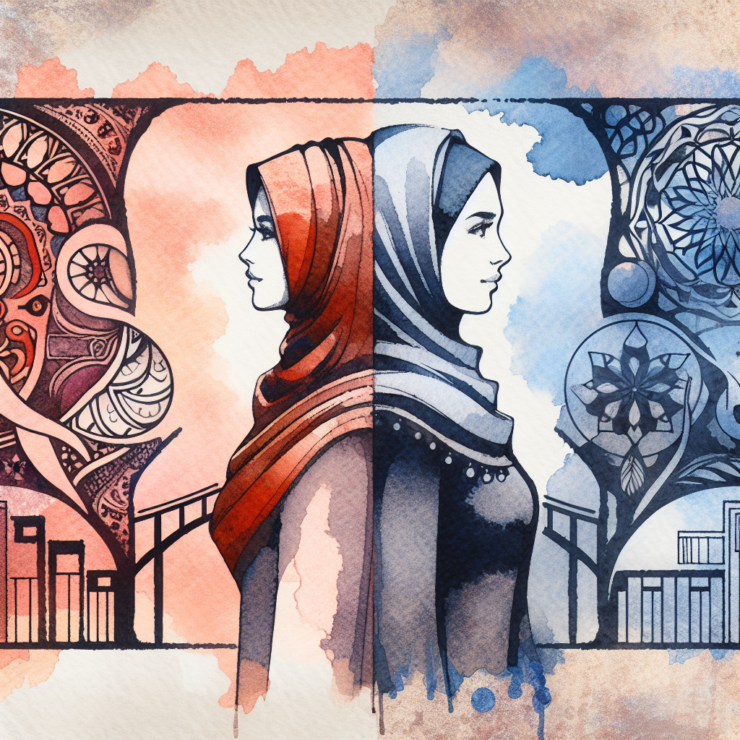Have you ever wondered why the topic of wearing a veil, such as the hijab, sparks such intense debates in both Western and Islamic cultures? The veil, more than just a piece of cloth, stands at the crossroads of politics, religion, and identity, leading to a spectrum of views based on cultural, religious, and individual beliefs.
On one side of the debate, many in Islamic cultures see the hijab as a symbol of modesty, privacy, and religious faith. It’s considered a crucial part of a woman’s identity and her devout expression of faith. The Quran, while not explicitly mandating the veil, encourages Muslims to dress modestly, which has been interpreted by many scholars and followers as supporting the practice of wearing a hijab1 .
Conversely, in many Western societies, the veil is often viewed through a lens of suspicion and misunderstanding. Critics argue that it symbolizes the oppression of women, suggesting that it is imposed rather than chosen. They advocate for a woman’s right to choose her attire without the imposition of religious or cultural norms. For instance, France’s ban on face-covering clothing in public spaces, including Islamic veils such as the burqa and niqab, is justified by the government as a measure to uphold secular values and women’s rights2 .
However, this stance is met with opposition by those who see such bans as infringing on personal freedoms and religious rights. Many Muslim women assert that wearing a hijab is their choice, rooted in a sense of religious obligation, cultural identity, or personal empowerment3 . They argue that the freedom to choose one’s attire is a fundamental right and that such decisions should be respected4.
Moreover, the debate extends beyond the parameters of choice and freedom, touching on issues of integration and identity in multicultural societies. For many Muslim women living in Western countries, the hijab is a way to preserve their cultural and religious identity in a foreign context. Meanwhile, critics worry that visible religious symbols, like the hijab, might hinder integration and cohesion within diverse societies5 .
What stands clear amidst these debates is the importance of understanding and respect. The choice to wear or not to wear the veil is deeply personal and varies widely depending on contextual factors like culture, faith, family, and individual belief systems. Encouraging open dialogue and education can help bridge misunderstandings and foster a society where choices—regardless of whether they pertain to wearing a veil or not—are respected and valued.
Let’s nurture a world where empathy and respect guide our perspectives on personal choices, recognizing that every woman’s decision to wear a veil or not is her own, rooted in a complex web of beliefs, circumstances, and identities.
- https://www.al-islam.org/hijab-muslim-womens-dress-islamic-or-cultural-sayyid-muhammad-rizvi/quran-and-hijab [↩]
- https://www.aljazeera.com/news/2023/8/27/france-to-ban-wearing-abaya-dress-in-schools-minister [↩]
- https://nomosjournal.org/2012/01/the-hijab-as-cultural-edict-not-islamic-obligation/ [↩]
- https://www.aljazeera.com/opinions/2022/12/16/iranian-women-are-fighting-for-more-than-just-hijab-choice [↩]
- https://journals.sagepub.com/doi/full/10.1111/1467-954X.12001 [↩]








































Add comment